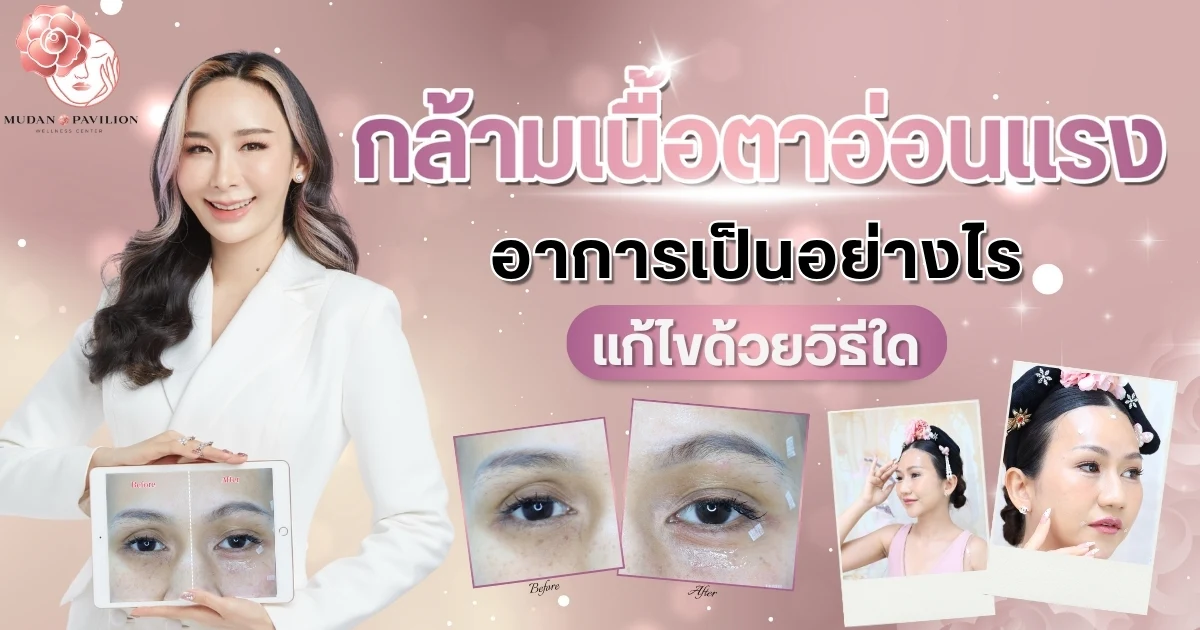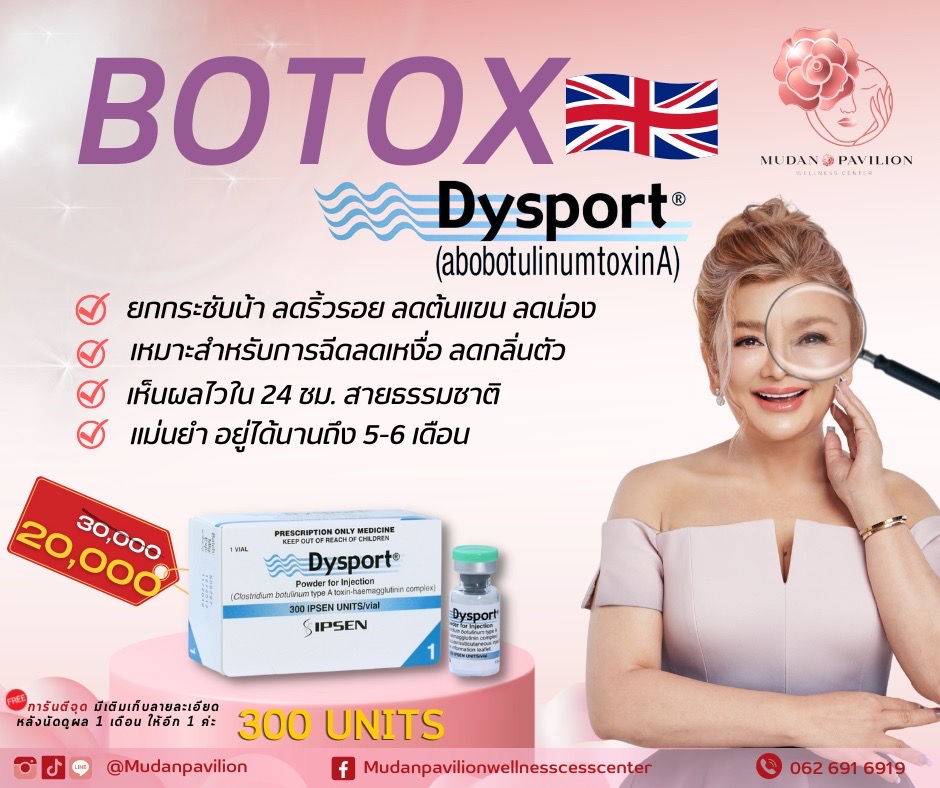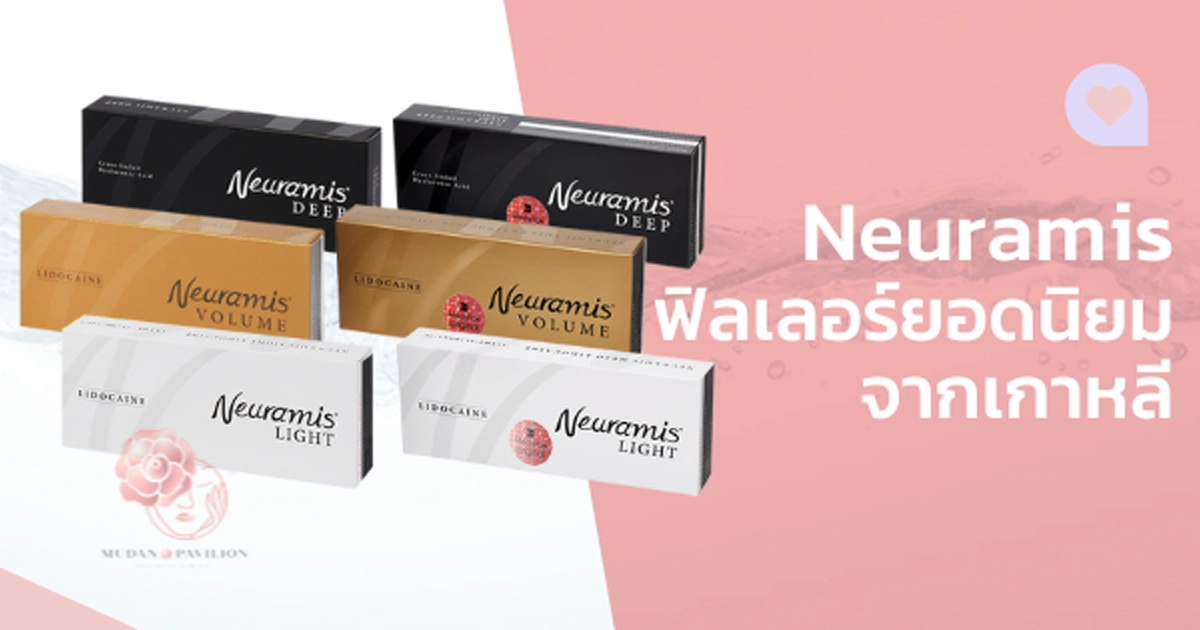Galderma Open House 2025: Open House to update beauty trends for doctors across Thailand
Dr. Som was honored to be a speaker at the Galderma Open House 2025, an open house for doctors across Thailand. The event brought together experts to update on beauty trends and learn the latest techniques. Galderma is a leading Swiss dermatology company, a global leader in dermatology. Our mission is to develop and offer products and services that cover all skin needs. We are a leading global dermatology company, offering products and services covering injectable aesthetics (such as fillers and botox). Mudan Pavilion Wellness Center: "Change every facial problem. Dare to change - Change your look. Improve your life." Consult with a doctor/make an appointment: Tel: 062-691-6919 Official Line: ... See more











